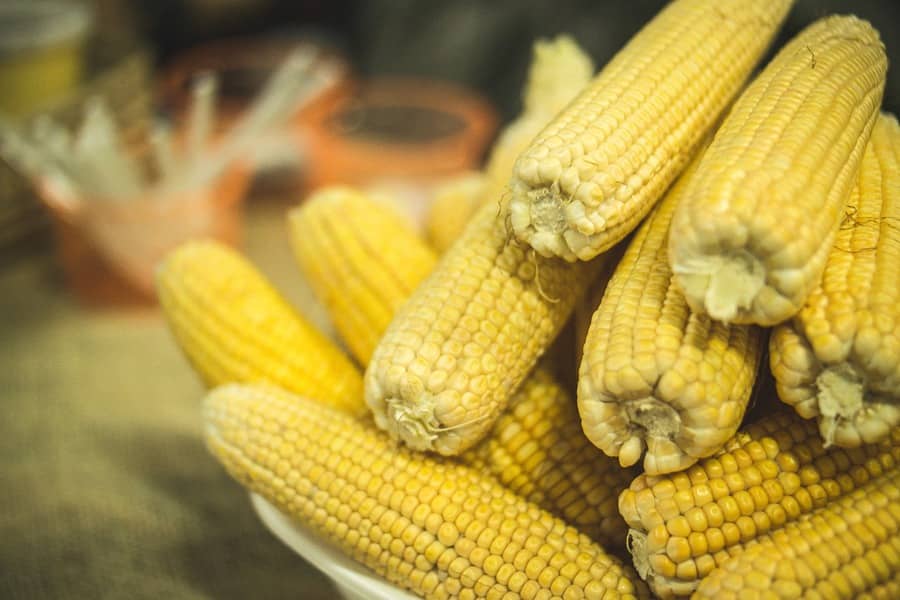Porto Alegre, January 17, 2023 – While the South American production is yet to be defined, some important production estimates are being closed by USDA in January. The highlights are the absence of changes in the low numbers of Europe, an increase in Ukrainian exports, China’s record output, and a sharp cut in the US crop. With the resumption of cuts in US stocks, CBOT prices closed the week recovering levels above USD 6.50/bushel and evaluating the long path of local supply until September, when the 2023 crop begins.
The USDA January report always has the highlight of closing the US production, in particular. This year, the entire market expected an increase in the production of corn and soybeans and a consequent increase in the stocks of these two commodities and wheat. USDA brought completely opposite numbers, that is, with production cuts in corn, its final stocks dropped again, and so did those from the other two commodities.
A reduction in the reaped area, due to weather-induced losses in 2022, partly offset by an increase in productivity, brought production to only 348.7 mln tons. The loss of almost 5 mln tons compared to the December estimate is significant and is the final adjustment for the 2022 season. With these data, domestic demand had to be cut again in the projection to contain the fall in stocks. Now, the projected final stocks for the 22/23 business year, which ends next August, is 31.5 mln tons. In case the world demand converts to US corn, due to export limitations by Brazil in the first semester plus Argentine crop failure, stocks may decline even further.
With these data, prices on the CBOT rose again to above USD 6.50/bushel, demonstrating that until the arrival of the 2023 crop, in September, there is a long way to go to ensure US and global supply. We must reflect that the current situation of low stocks, the decline in urea prices, and still good prices on the CBOT must motivate US growers to resume planting in at least 2 to 3 mln acres in the 2023 season. This should happen with no loss in the area to be planted with soybeans, bearing in mind that there were areas that were not planted in 2022, either with soybeans or corn, and which will be available for 2023. Therefore, it may be a mistake to believe that a recovery in the corn area may negatively affect the soybean area this year.
Another important piece of data, mainly for Brazilians excited about the theory of corn imports by China, reflects the adjustment of Chinese production to 277 mln tons by USDA, following the number indicated by the Chinese government. USDA slightly raised Chinese domestic demand and did not change the projection of 18 mln tons in imports for this business year. However, it seems that China is supplied for the first half of the year and may increase some imports just to supply its off-season between June and September.
USDA kept the data on Europe unchanged, maintaining the projection of imports of 21.5 mln tons until September, when the 2023 European crop arrives, and the picture tends to be back to normal. Europe seems well-supplied for the next four months, with strong imports already made from Brazil. The big change came from the data on Ukraine. USDA has raised its projection for Ukrainian exports this business year from 17.5 to 20.5, which can help supply countries in Eastern Europe and the Middle East this semester.
In the international configuration, from these adjustments promoted by USDA, the result of the crops that will be planted in 2023 in the United States and Europe will be fundamental for the definition of global prices from September. Until then, the market will consider a balanced global picture, still with great demand and depending on weather factors from April. The climate, which is converting to El Nino in the first half of 2023, could be an indication of recovering production in the growing blocks of the Northern Hemisphere.
Follow the Safras Agency on our website. Also follow us on our Instagram and Twitter and stay on top of the main agribusiness news!
Copyright 2023 – Grupo CMA

